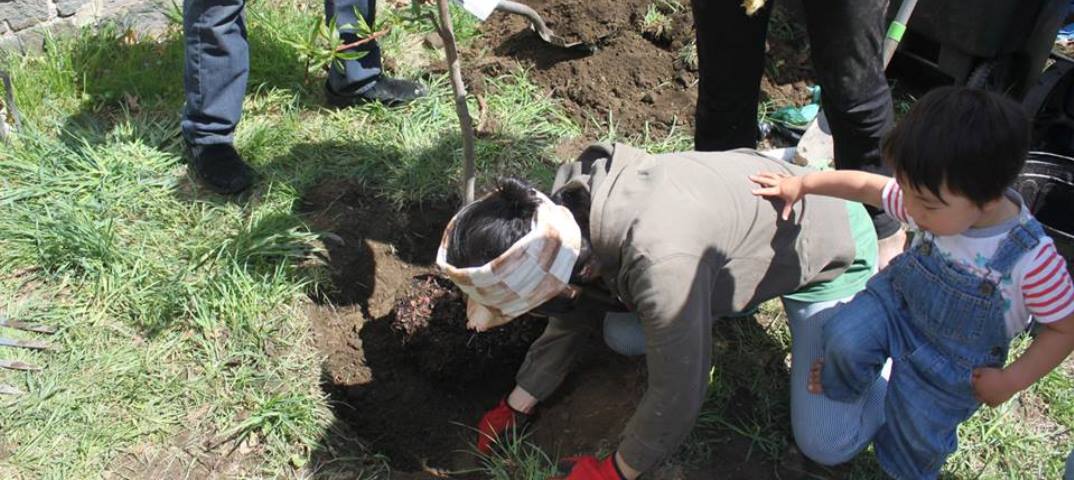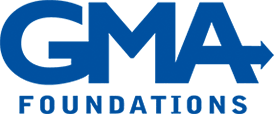
Creating space for new voices and environmental action
Environmental organizations are in transition. The slow pace of progress, combined with political resistance, has forced advocates to rethink how they connect with new allies.
This has not been easy. A Gallup poll found that Americans care less about the environment than they once did. People feel isolated and powerless.
This weak connection with the public may be the biggest challenge facing organizations today.
In response, more organizations are bringing in new voices to the conversation. They are reaching out to communities that have traditionally been excluded or ignored. Their success will translate into environmental action and nonprofit leadership development.
New organizations like Mothers Out Front, 360.org, Idle No More, Zero Hour, and It Takes Roots are also defining and framing issues more broadly to better connect with people’s lives.
It is working. The concepts of localism, municipalism, and resilience are thriving. More organizations are grappling with questions about racism and racial equity. Communities around the world are challenging the privatization of public services and promoting alternatives.
How do organizations shift to a strategy that is people-focused? Why is nonprofit leadership development key to environmental action? We invited leaders of newer organizations and coalitions working at the intersection of community and environment to our NPO Conversation series to share how they reach out.
Bringing in new voices

As we expected, many of our guests framed their work as a departure from business-as-usual.
“We are bringing in local voices that are missing in the typical conversations about co-ops”, said Christian Perry, Executive Director of the Dorchester Food Co-op.
Kevin Lam, Organizing Director at the Asian American Resource Workshop in Boston noted similar gaps in City of Boston’s community planning process:
“We found that the folks leading the planning process to redevelop Dorchester Avenue did not look like the folks from the community. In response, we joined a group of community organizations in convening Dorchester residents to collectively uplift and center their voices in the planning process.”
Grady McGonagill pointed out that the name of Elders Climate Action, is also its strategy. “The folks we are reaching out to have interest, time, resources, and expertise to do something about climate change, but nobody has ever asked them to get involved”.
Putting citizens at the center
Shifting our civic and organizational culture to one that privileges voices beyond the choir takes commitment.
Both the Dorchester Food Co-op and Asian American Resource Workshop, for example, shared how they sought out organizational blind spots. They used surveys as a tool to reach out into the community to make sure that their organizations were multi-lingual, multi-generational, and reaching beyond existing members.
Christian underscored the urgency expressed in the Race to Lead report documenting the racial leadership gap in the nonprofit sector.
His recommendation was blunt: “We have to constantly examine power, privilege, and race in everything we do. We have to learn to get comfortable with being uncomfortable.”
Building nonprofit leadership through action
So what might nonprofit leadership development look like in an organization that is intentional about being inclusive?
The answer seems to depend on the goals of the organization.
Grady McGonagill reminded us that the action-learning approach to leadership development works better than training workshops covering leadership skills.
This newer school of thought on leadership development recognizes nonprofit organizations as a context to support leadership development more through hands-on learning and action among its members.
Kirstie Pecci, representing the Zero Waste Project at the Conservation Law Foundation, said that the new zero waste movement is growing because citizens can take action and see results right away. Small groups are leading initiatives to ban plastic bags, pilot recycling initiatives, and fight food waste.
Kevin Lam suggested that leadership development has to be at the forefront of everything, but sometimes nonprofit leaders need to learn how to get out of the way.
“As a community organizer, I think it’s important to reflect on what my role needs to be at a particular moment. While there are some efforts that I lead, I do not always need to be in the frontline of organizing. My job is to create space for others to lead and support them in their leadership.”
Paying attention to barriers and incentives to participation
Building a strong leadership pipeline is easier to build as a metaphor than in practice.
Organizations cling to old leadership development paradigms. Building more collaborative, decentralized, or networked organizational models takes boldness and experimentation.
We have to stretch beyond our comfort zones to build relationships that engage members more deeply than we can with a workshop.
It is not easy to get people to join on a nonprofit board, learn about social enterprise, or collaborate across their differences. We all underestimate the support and resources required to support deep and diverse community participation.
Carlos Espinoza-Toro, board member of the Boston Food Forest Coalition, underscored the need to create more incentives for participation. People need stipends, paid fellowships, childcare, translation, coaching, peer-learning groups and professional development.
“We have to recognize that people care about their community and environment but they also have to make a living; they have families. There are opportunity costs for communities of color or youth which can be a barrier to participation.”
Prioritizing community participation and nonprofit leadership development
The subject of citizen participation has been a preoccupation of civil society reformers for decades. Several of our foundation clients make it central to their mission. The Herman and Frieda Miller Foundation, the Sociological Initiatives Foundation, the Conservation, Food, and Health Foundation, and the Foley Hoag Foundation encourage organizations to bring citizens to the center of the work.
Like our guests, they are hopeful as more organizations explore alternative models of nonprofit leadership development and community engagement.
Our conversation highlighted several ways that organizations can make these a priority:
- Create spaces and change places. All organizations can take better advantage of their existing spaces on boards, committees, projects, and campaigns to grow new leaders. Andrea Cornwall in Making Spaces Changing Places suggests that the job of all advocacy organizations is to create and widen spaces for civic participation.
- Support new leadership by stepping back. Leadership development popularly conceived as getting people to “step up” is only half of the battle. The authors of A Dance That Create Equals write, “We saw the need to encourage a genuine shift in the leadership relationship, in which someone steps back and someone steps up.”
- Recalibrate nonprofit outcomes. Cynthia Gibson in Citizens at the Center says we need to reach beyond transactional outcomes such as policy wins and community services. We need to pay attention to measures of internal accountability, transparency, democratic citizenship, and deepening of networks that build social capital.
The chorus of recent initiatives addressing racial equity, nonprofit succession planning, board diversity, and leadership development have become more pointed in critiquing the failure of most institutions to take participation seriously.
Self-reflective nonprofit leadership development is essential. We perpetuate social hierarchies when we don’t pay close attention to who participates and whose voices lead the way.
Prentice Zinn is a principal of GMA Foundations; he can be reached at pzinn@gmafoundations.com
